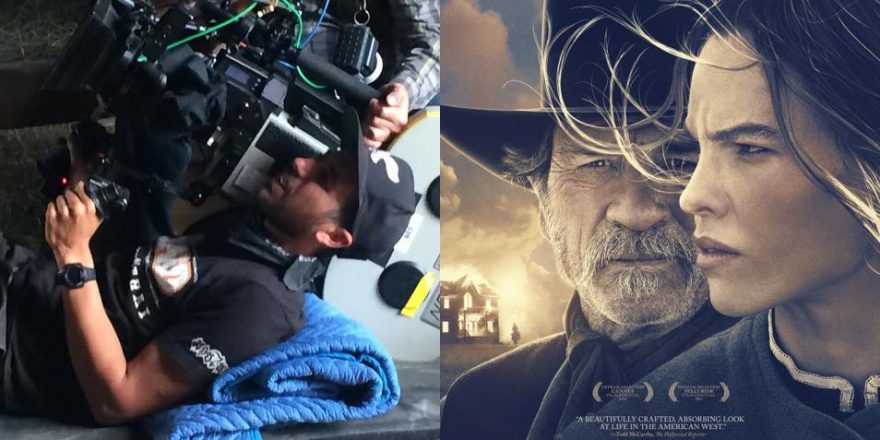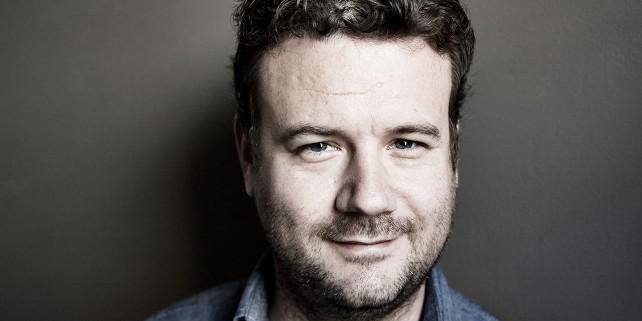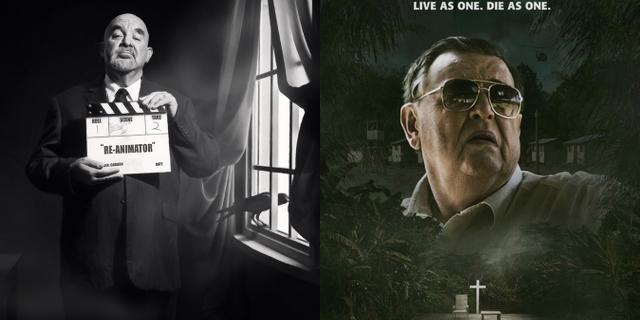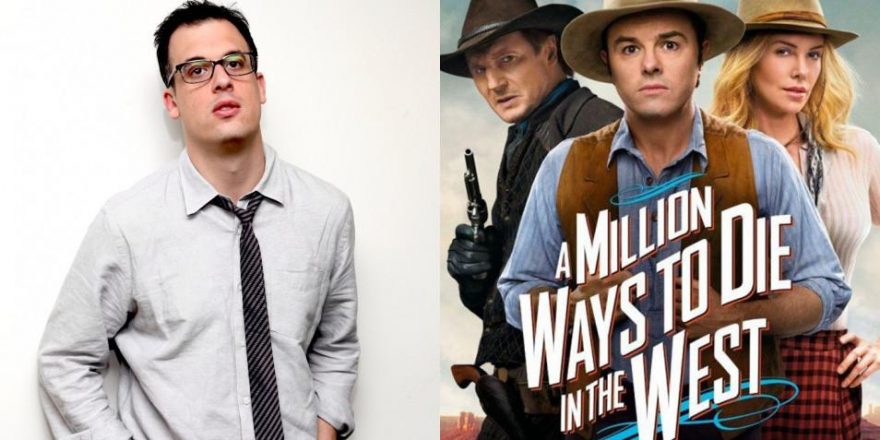“This film was built to be seen more than once. It is built to get better, and live a long time and reward you every time you see it. We want to make movies that want to be seen again.”
This is a quote from Tommy Lee Jones, talking about his new film The Homesman at a Q&A last weekend in Los Angeles. In many ways, his comments are obvious statements about better appreciating filmmaking, but also, with the current trend in mainstream cinema being so obsessively focused on opening-weekend box office numbers, I can’t help but think that they are perhaps more poignant when substituted for a commentary about the modern American film industry. The more I think about it, the more I find that Jones’ film represents a certain kind of “reality filmmaking.” The Homesman reminds us of the unpleasant, oppressive challenges men and women faced in our country’s history, but also that most modern filmmaking does not usually look to engage an audience beyond their basic threshold of “entertainment.”
The Homesman is the type of American filmmaking we should be celebrating. Filmmaking that does not conform to current trends. Filmmaking that focuses firmly on the story and the characters it represents, and does not attempt to make extra appeals to its audience. Respectfully, Tommy Lee Jones is not looking for an easier way to tell a difficult story. For better or worse, these are the people, places and situations this film is about — and the audience can deal with that as they see fit. This is traditional moviemaking, where cinema is art, and where deliberate storytelling is the most important. As Lars von Trier once controversially said, “You (the audience) are all my guests, it’s not the other way around.”
To give the most basic of outlines, The Homesman is a Western and concerns spinster Mary Bee Cuddy (Hilary Swank), who enlists grizzled drifter George Briggs (Jones) to help her transport three insane women (Grace Gummer, Miranda Otto and Sonja Richter) on a long trek across the unforgiving Nebraska Territory. The Western is a uniquely American genre, known for celebrating the newfound freedoms that came with trailblazing westward expansion. The Homesman, however, chooses to focus on the harsher realities of the era. There are no “good guys” fighting “bad guys.” In fact, there are no good guys or bad guys at all. There are only Americans, forced to deal with their struggles. Struggles that many still face today. The film depicts difficult circumstances — tackling the rejection, failure and isolation that one risks when trying something new (also poignant when applied to modern filmmaking). The pursuit of happiness doesn’t guarantee happiness, and in the case of The Homesman, it doesn’t guarantee companionship, fulfillment, or even sanity.
The most emphasized theme in the film, though, is the role of women. Frankly, it’s brutal. But while there is a good deal of grotesquely misogynistic and paternalistic treatment of the female characters in the film, there is also an underlying sense (from Jones’ direction) that eventually this imbalance will be evened out. Things will get better for women in American society, but for those depicted in the film, and for many generations following, they will suffer and, sadly, never see the results. This is par for the course whenever history is viewed without rose-tinted glasses, but the sense of melancholy with which the film is infused feels pertinent.
At times, there is almost a built-in resistance to accepting some of the bleaker elements of the story. And while there are many moments of levity in the film, this is not a story in which you should expect convenient resolutions. Life doesn’t always offer happy endings, and accepting that is essential in order properly to engage with this subject matter. Clinging to hope may help get you through the journey, but ultimately it will not save you. Just as wishing that the women Cuddy and Briggs are transporting will be cured will not make them sane. Instead, we must accept the reality and deal with it one day at a time. This theme, specifically related to the mentally ill, and how they are treated, is just as relevant today (especially to anyone who has had to care for someone with a similar disability).
The Homesman features strong acting from Swank and Jones, and Sonja Richter delivers one of the most horrifying, deranged performances in recent memory, a combination of demonic possession and primal aggression. A few of her moments in the film, which I won’t spoil, are far more terrifying than any of this year’s genre offerings. The film is beautifully photographed on 35mm, with countless evocative wide shots of defeated characters stranded in magically illuminated landscapes. It is also interesting to see the editing of the film completely disregard slick, stylistic familiarities in favor of scenes that unfold in a series of fades and dissolves.
I greatly admire filmmakers who take their work seriously, no matter the content. As a filmmaker and an audience member myself, I never want to be talked down to, and with his second feature film, Tommy Lee Jones continues to show great respect for the intelligence of his audience. As with many great films, there is both what happens in the film, and what the film is about. In the best cases, what the film is about is always more interesting, and The Homesman is no exception. So in the words of the director, “See the film more than once” — it will reward you.







